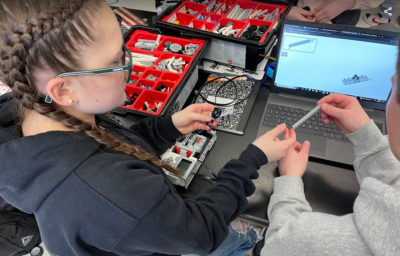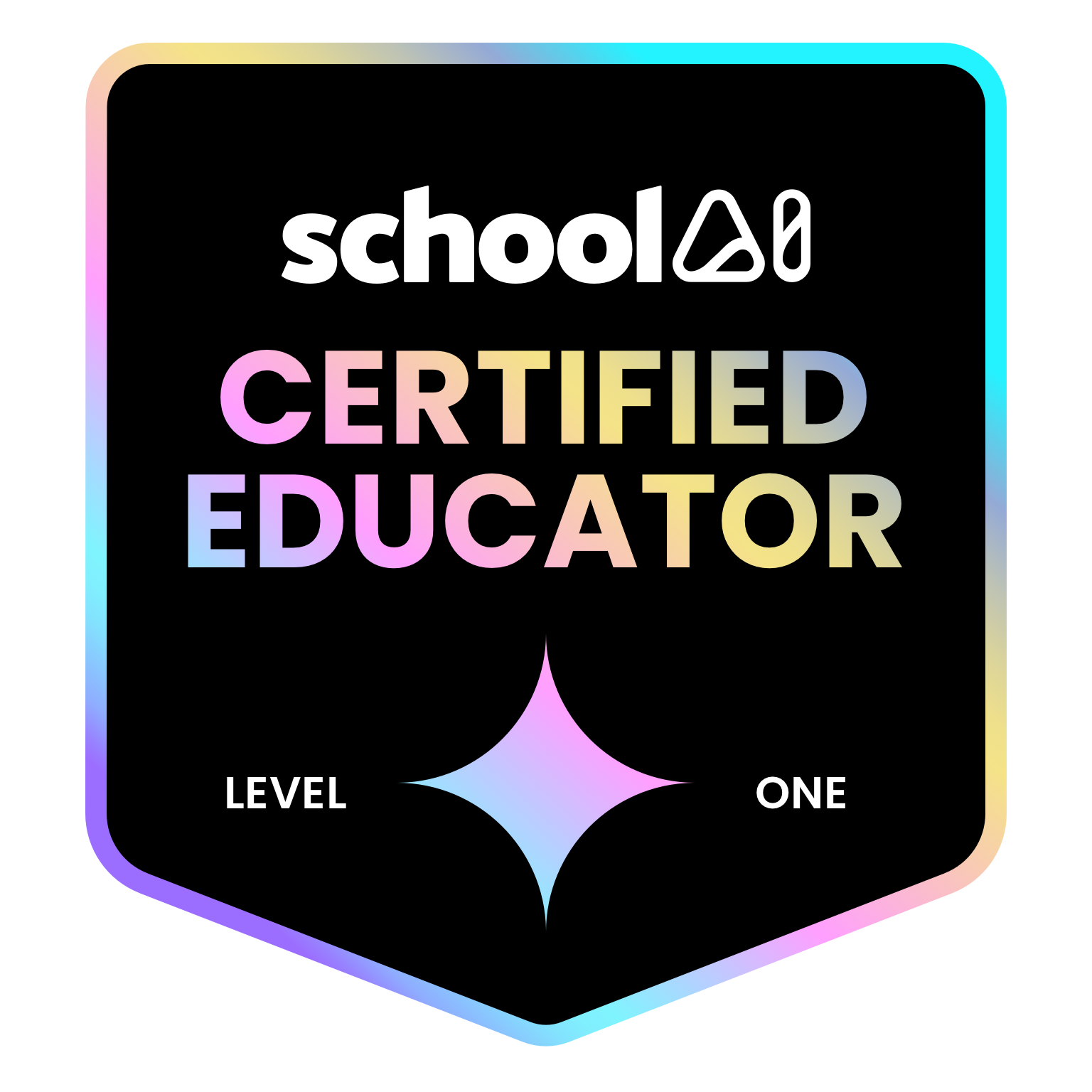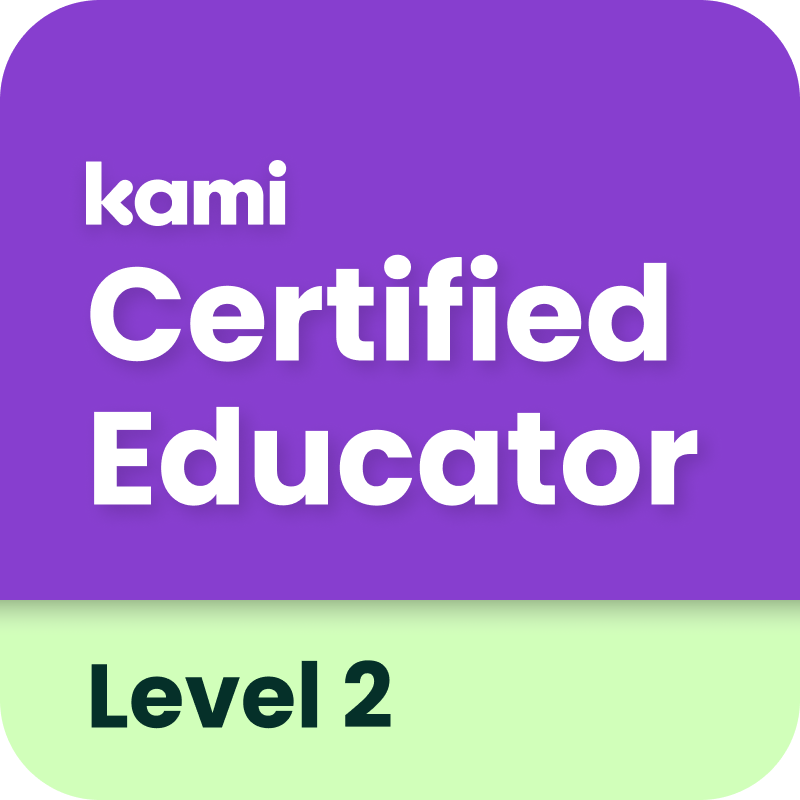My 5th and 6th grade STEM classes have been working on robotics using the Lego Mindstorm EV3 kits since December. Students built their first robot then took the Lego Mindstorms programming lesson tutorials before we began some activities and challenges. We still have two major challenges left in this unit before we transition to our environmental unit and I thought it was a good time to share some inspiring articles and videos I came across recently. I thought this would be a 10 to 15 minute share then students would get back to work. I always start this robotics unit with a lesson from the STEM Robotics 101 curriculum to define what is a robot. I turned their slideshow presentation into an interactive Pear Deck presentation and it I show some amazing robots built by the Boston Dynamics company. So I started the class this past Wednesday with the following video showing where Boston Dynamics is now:
Why Boston Dynamics is Building a Super Robot Army video.
What Boston Dynamics is doing with their “army” of robots is nothing short of amazing and truly inspiring! During the video questions came up about AI so I followed that video with this article and showed them the video of a great example of what robots with AI are doing:
New AI-powered farming robot covers 50 acres of crops per day article.
Very cool what the SentiV farming robot is doing. To further blow my students minds, I then shared the following article and videos of the AI robot, Sophia, and her current exploits:
Sophia the robot becomes first humanoid to be signed by a gaming org article.
This blew my students away! Sophia joined a gaming organization to play professional esports! By this time, the class is going crazy with some excited kids and some freaked out kids with visions of iRobot or the Terminator. So I naturally asked them if they have tried ChatGPT yet. In each of my three classes only one or two students in each class raised their hands and shared some of the cool things they are doing with ChatGPT. One student had ChatGPT write lyrics to his original music. Others just asked it random questions and used it to literally chat. I warned them that it is still being tested and is currently only for adults 18 years or older so they cannot access it at school without getting me and the school in trouble. I then encouraged them that if they wanted to play with it at home to check with their parents because they did need to make accounts.
What started as a 10 to 15 minute share took the entire class period and the room was fully energized. Robotics and even more AI had my students excited with possibility and they kept asking me to ask my ChatGPT account to write raps, Minecraft fan fiction, and other fun things. No one even mentioned anything about asking ChatGPT to do their school work. I did ask them, “how could this be used in a bad way?” Eventually, some students figured out that ChatGPT could do their writing assignments for them!
The next day, I start class by sharing the following infographic (source shared below and you can click on the image too). We agreed the scenario at the very bottom was 0% cheating and the scenario at the top was 100% cheating. After giving students a few minutes at their teams to discuss the amount of cheating at each of the other scenarios, we took a class vote where thumbs up meant completely allowable for school work, thumbs across was still too much cheating, and thumbs down meant too much cheating to be allowed for school work.

I was surprised by the students’ overall decisions. Overall, only Student consulted AI/Internet for ideas, then wrote and submitted and Student wrote main ideas, AI generated a draft and offered feedback to improve (well, we had to change that one to student generated a draft and NOT the AI for all students to give a thumbs up!) were selected as allowable for school work! High integrity as students argued that as long as the student wrote the draft and used the AI or Internet for feedback or for ideas was the best way to avoid any cheating. I had to concur. I didn’t bring up any questions regarding students who have problems with writing or students who have a mental block. I think that is a better conversation for middle and high school students as they accept for gray areas concerning cheating. We did discuss the purpose of the lesson and used calculator as an analogy.
Here is the source of the above infographic:
Matt Miller’s Tweet where he shares different scenarios that constitute cheating.
With ChatGPT and AI assistants, what’s cheating?
— Matt Miller ? ? #IDEAcon (@jmattmiller) February 16, 2023
Our definition of cheating and plagiarism is going to change.
Transparency w/students on appropriate use will be key.
Also: our definition of “cheating” needs to align with THEIR future.#ditchbook #edutwitter #edtech #chatgpt pic.twitter.com/w0krSL7ZTI
























































